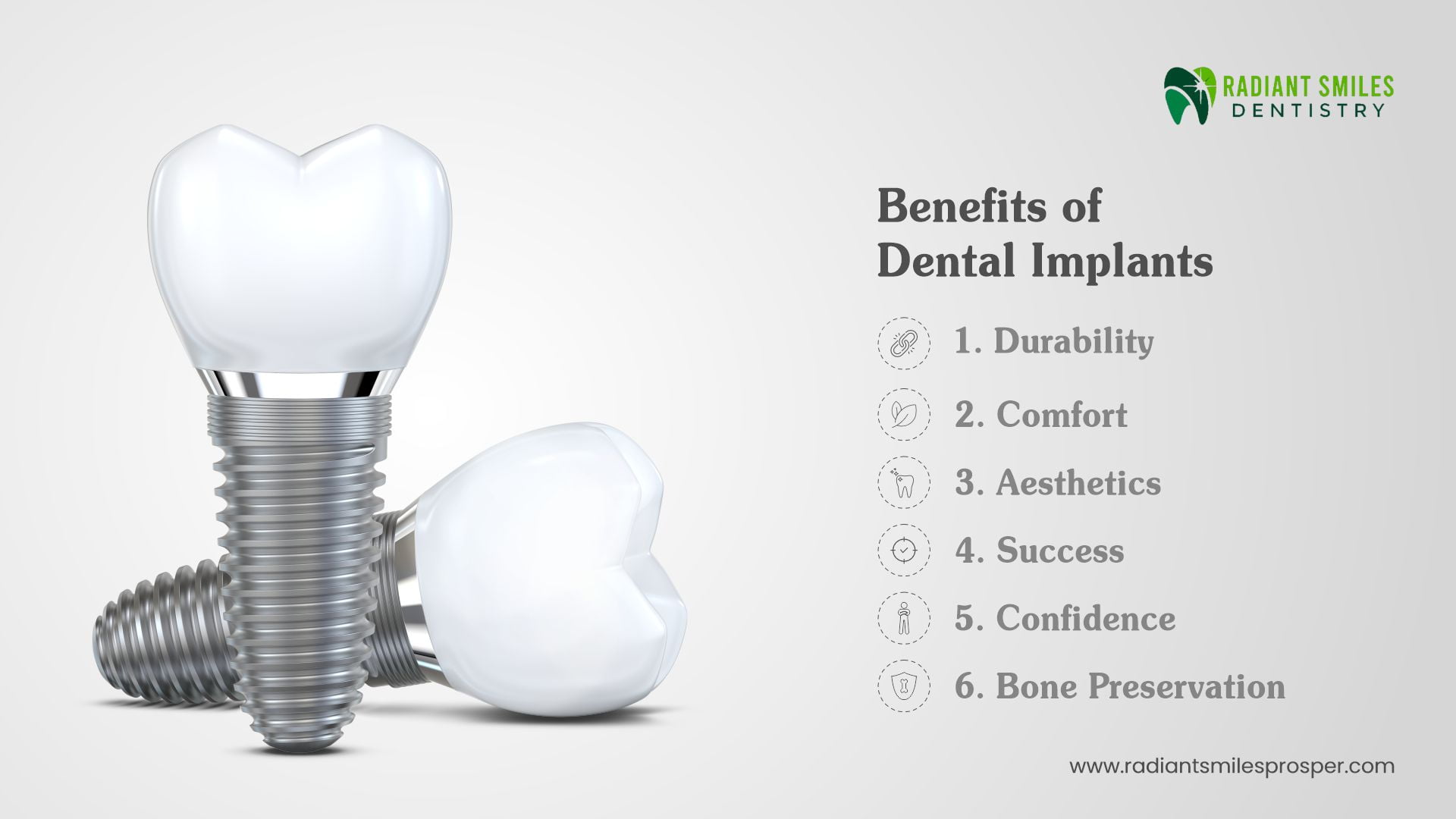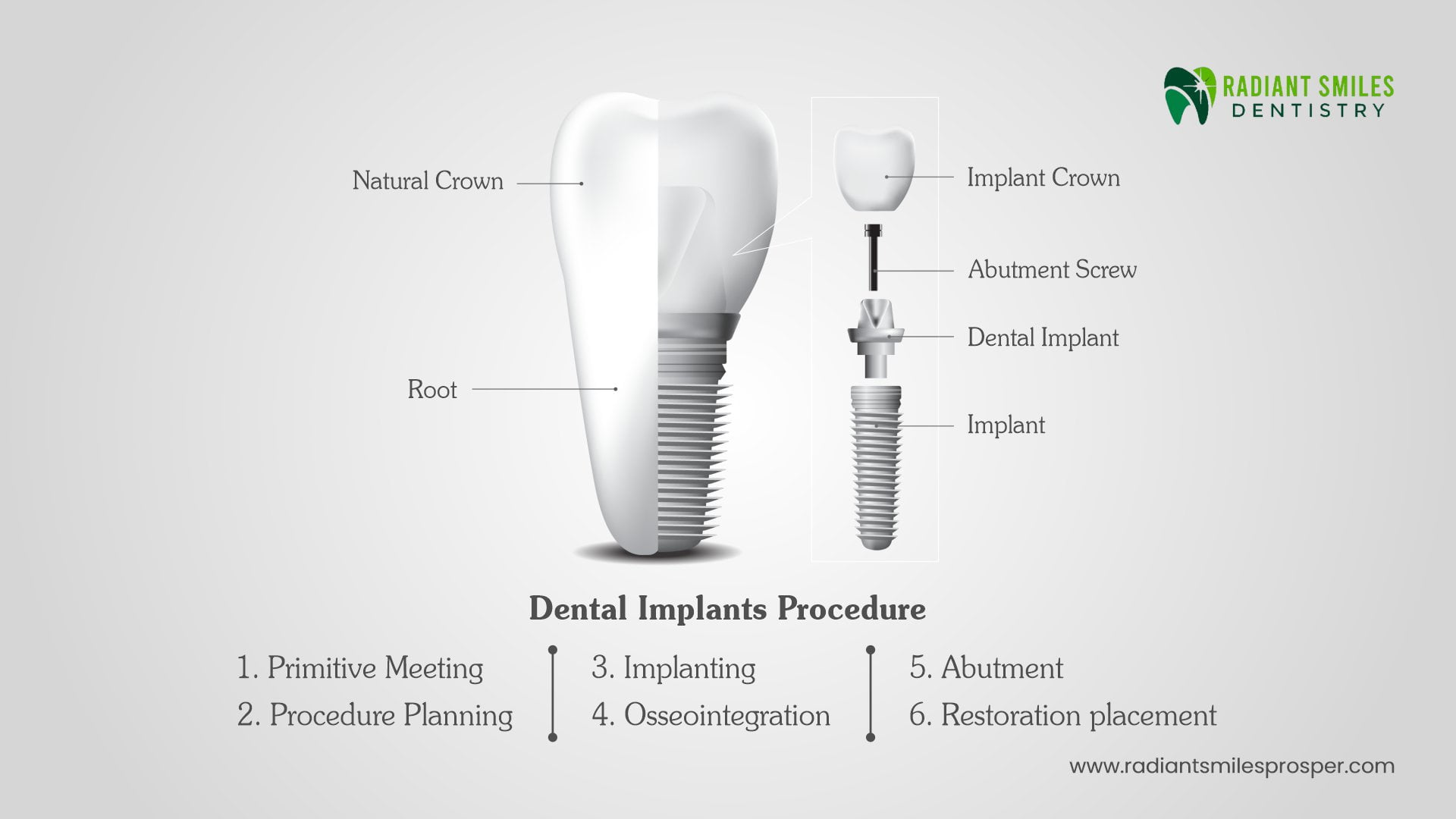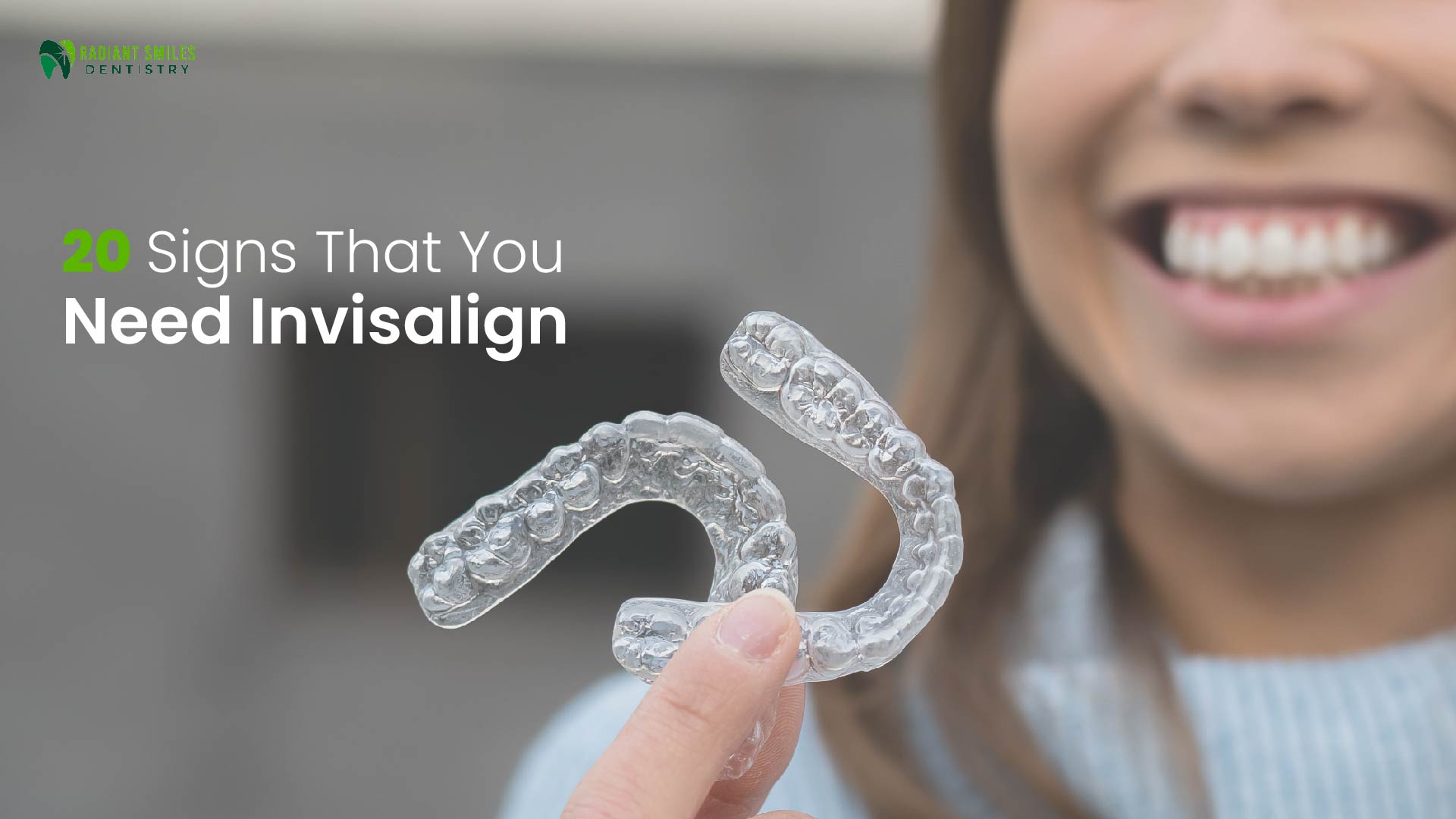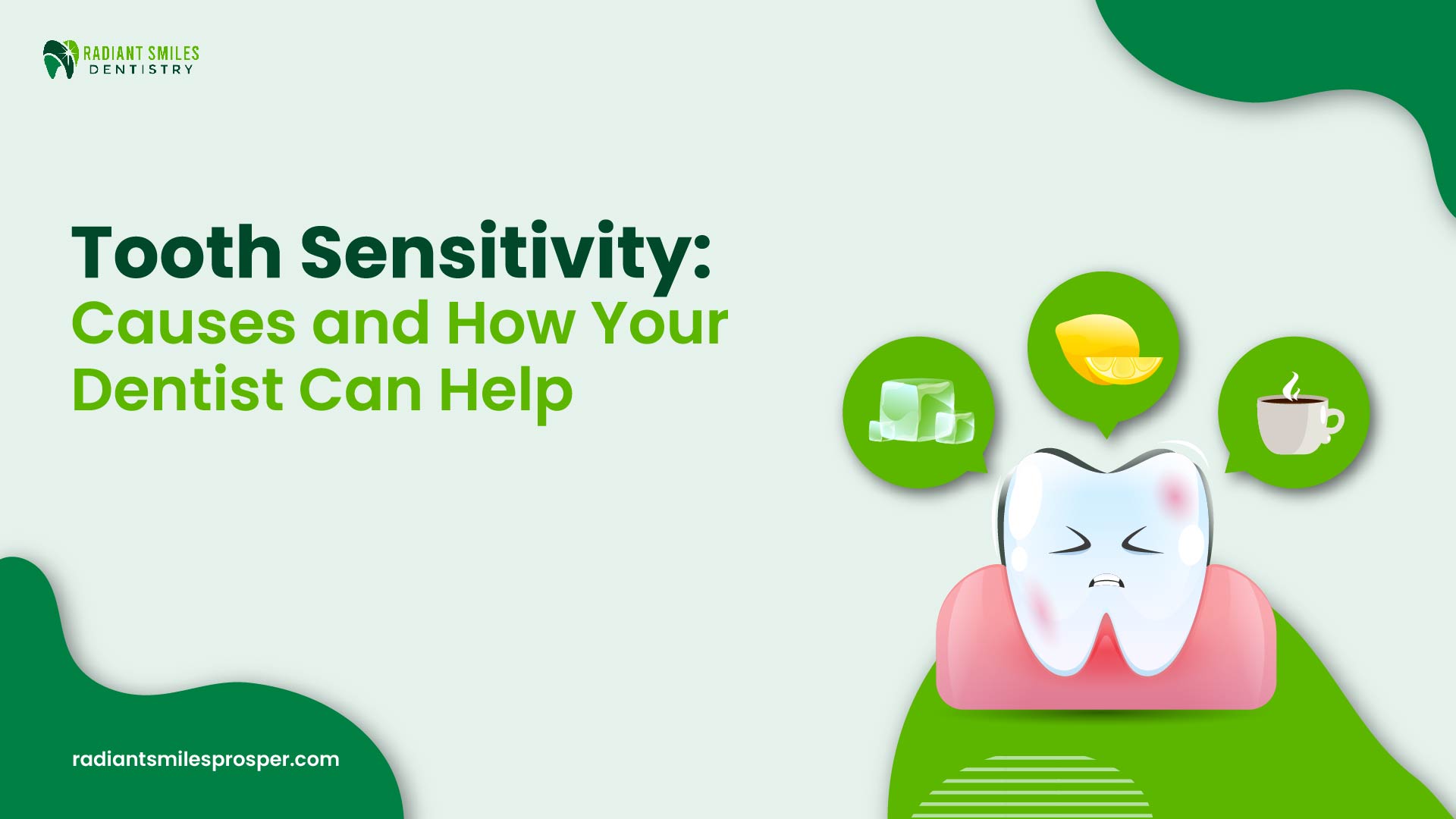Dental veneers are a popular cosmetic option for obtaining a perfect smile,...
Understanding Dental Implants: A Comprehensive Overview for Patients
Introduction
Not everyone can showcase their smile as effortlessly as you believe. Frequently, heart-wrenching catastrophes and, on occasion, aging cause tooth loss. In such a situation, the smile, which is generally considered to be one’s first impression, is severely compromised. However, unprecedented advancements in the dental health industry have made it possible to restore your smile and confidence to the point where you can startle the world.
In this article, you will learn the significance of dental implants, a concise overview of the procedure, and how to obtain the benefits.
Dental Implants Basic Overview
The artificial, natural-looking tooth root that is surgically placed is known as a dental implant. The loss of teeth can be caused by many factors, such as aging or perhaps an accident. While there are other procedures for fixing tooth loss too, the most successful and natural among them is dental implant placement, which helps to retain the original structure of the mouth. No functionality is compromised while having dental implants.
When and Why are Dental Implants Important?
There is not a single sector that has not been affected by the scientific revolution. Gone are the days when tooth loss was a lifelong embarrassment. The novel technologies have enabled us to fix the issue expeditiously and naturally. There are many ways through which it can be operated such as dentures, bridges and dental plans. However, among them the most successful and effective procedure till date is dental implant. Below you can find the factors relevant to it:
1) It is more aesthetic
There is no denial of the fact that the loss of a tooth is a loss of confidence. Your smile determines the first impression that can be made on anyone. With tooth loss, one might prefer not to smile openly or grin. It causes a series of discomforting gestures, resulting in overall self-esteem degradation.
However, dental implants help you restore your natural smile, without compromising your facial features, as bridges or dentures do. The aesthetics of your face are never compromised when choosing a dental implant as a tool to fix the missing tooth.
2) It retains the jawbone structure
When the tooth is extracted in order to replace it with an artificial one, the jawbone is severely impacted. In any normal process, if a tooth is pulled, then repercussions are expected. However, dental implants consist of a process known as osseointegration that helps to fix this issue expeditiously. As a result, the structure of the jawbone is not compromised, giving it a natural, symmetrical appearance.
3) It doesn’t cause damage to the side tooth
Unlike conventional dental bridges, dental implants are independently placed in the root, without causing damage to the side tooth. While dental bridges needed the support of the side tooth while compromising the dental structure. Also, due to this, the overall structure is compromised as the strength of the area is affected.
4) It is long-lasting
The surgical implantation of tooth roots in dental implants might be a risky task at the point of operation, but it saves a lot of time and money for future maintenance, as in the case of dentures and bridges. The latter are always in need of modifications, fixes, or upgrades. Dental implants are highly reliable, with positive statistics of success.
Dental Implants Procedure
Like any other surgical procedure, dental implantation also begins with primary meetings and planning and ends at successful completion. However, the processes include delicacy, care, and accurate knowledge of the operation. Below are the discussed points need to be considered:
1) Primitive meeting
The first step right after determining that you need dental implantation is to schedule an appointment with a dentist nearby. He or she must be a qualified dental surgeon. The dentist will take all the necessary steps before the operation, such as oral health inspections and teeth and gum checkups. He might also take X-rays to obtain a better view of your jawbone structure and determine whether surgery would be successful, taking into account the current scenario.
Also, it is quite important to know the fundamental objective of dental implantation, for there would be different factors aligned with a varied scope of desires.
2) Procedure planning
The results of your X-rays, oral health inspection, and jaw and gum detection will determine further the planning that will be undertaken by your dentist. This plan takes into account a number of factors, including the total number of missing teeth, the positioning of those teeth, the density of the jawbone, and the patient’s overall oral health.
The treatment plan will outline the specific steps that must be done, and depending on the severity of the illness, it may require further procedures such as bone grafting or tooth extraction.
3) Implanting
When the proper meetings are done and the plans are made pragmatically, dental surgeons move forward with the surgery. During the process, dental implantation is done. In most cases, the procedure is not that severe; therefore, a local anesthetic can work perfectly well in this situation.
Nonetheless, in some of the more complicated cases, or perhaps when the patient expresses his desire to be operated on under complete numbness, sedation or general anesthesia is provided. The implantation begins with the incision in the gum issue, followed by socket construction inside it, which is further filled with dental implants. It is made up of titanium material that is biocompatible. Once the implant is placed inside the socket, the gum tissue is sewn, and the implantation process comes to an end.
4) Osseointegration
After the placement of the implant, a process known as osseointegration will take place. The jawbone that surrounds the implant takes a few months to fuse with the implant itself. During this time, the bone will form and integrate with the implant, providing a strong foundation for the prosthetic tooth or teeth that will be implanted later.
5) Abutment
Following osseointegration, an abutment is connected to the implant in an easily performed surgical procedure. An abutment, a connecting element that sticks out above the gum line, holds the prosthetic tooth or teeth in position.
6) Restoration placement:
After the gums have completely healed around the abutment, the impressions can then be taken. This category includes dental restorations such as crowns, bridges, and dentures. After the abutment has been constructed, the restoration may be attached to it and secured in place.
Other side of Dental Implants:
Dental implants have earned huge fame in the dental world when it comes to tooth replacement, as they are proven to be more natural, reliable, and long-lasting. Nevertheless, no medical operation can be free from threats and side effects if proper care is not provided. In the following paragraphs, potential threats are discussed:
1. Surgical threats: The surgery of dental implantation is although not very severe but the chances of hazards are still there, though very minor. The replacement of tooth roots can be infected if not properly cleaned after the surgery and can lead to long-term issues. Also, blood vessels injury is a common threat in any operation. However, these can be prevented if an experienced dentist is contacted.
2. Osseointegration breakdown: The jawbone and the dental implant do not always fix well and perfectly. This condition is known as osseointegration failure. Smoking, systemic illnesses, uncontrolled diabetes, radiation therapy to the jaw, and severe stressors or trauma during the healing process are all factors that may result in implant failure. If osseointegration fails, the implant may need to be removed and other therapeutic options examined.
3. Infection and Peri-implantitis: When the area near the tooth extraction and the dental implant gets infected, peri-implantitis occurs. This causes inflammation in the surrounding region. It also threatens the stability of the implant. This infection can, however, be treated if frequent dental checkups are done after the surgery. Precautions can only be taken when the inflammation is not spreading widely.
4. Other hurdles: There are other issues also associated with dental implantation, such as the loosening of the root, or perhaps the failure of the crown or abutment. In some cases, even the fracture can be witnessed due to another accident or not taking proper care of the dental implants. In such scenarios, the overall implantation process is done again, and the old one is extracted.

Dental Implants Cost
The dental implant cost will vary on various factors, such as – the location of the dental clinic, the complexity of the case, and of course, the doctor who is going to operate you. For a full quotation, you can directly reach us to know the types of dental implant costs.
Conclusion
We have already discussed the meaning and nature of dental implants, the pros and cons, and of course the procedure to get it done. If you are also facing issues of tooth loss or fracture, you can get a best dental consultation at Radiant Smiles Dentistry, Prosper, Texas where highly experienced doctors will examine your case and let you know the streamlined process for dental implants.
Dental Implants Frequently Asked Questions:
Q1. What are the negatives of dental implants?
Dental Implants have overall garnered positive feedback from everyone, however, some concerns are still there that make the process a bit negative. For example – the surgery risks are higher as compared to normal tooth replacement. Healing time is also more in this, with regular dental checkups. It also leads to an increase in the cost.
Q2. How painful is getting a dental implant?
Surgeries are almost done in the state of numbness. General anesthesia does not let the patient feel the pain at the time of dental implantation. However, after the surgery, the pain can persist for 5-7 days.
Q3. What are the 3 types of dental implants?
Three types of dental implants are:
1. Endosteal implant – placed directly into the jaw bone
2. Subperiosteal implant – placed on or above the jaw bone and beneath the gum tissue
3. Zygomatic implant – used when there is insufficient bone for implantation
Q4. How long do teeth implants usually last?
Dental implants are generally considered to be the most effective and long-term solution to tooth loss. However, the life span varies from person to person, as the type of care and medication will depend on the caretaker. Nevertheless, it has been assumed that it can generally last for 20 years. While in some cases where oral hygiene was maintained, it lasted for even 30 years.
| Recent Blog Post
The Role of Cosmetic Dentistry in Restoring Confidence After Tooth Loss
Dental veneers are a popular cosmetic option for obtaining a perfect smile,...
Tooth Sensitivity: Causes and How Your Dentist Can Help
Dental veneers are a popular cosmetic option for obtaining a perfect smile,...











